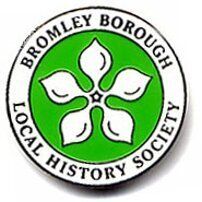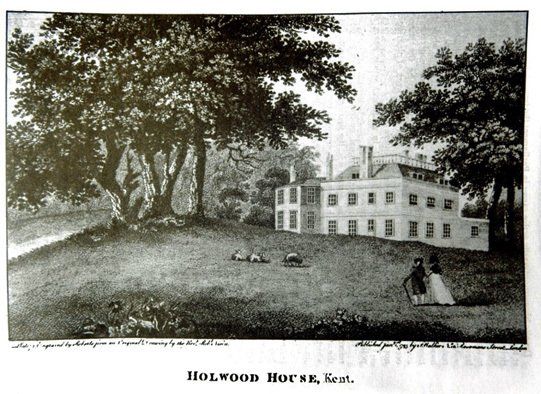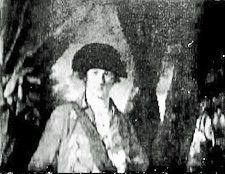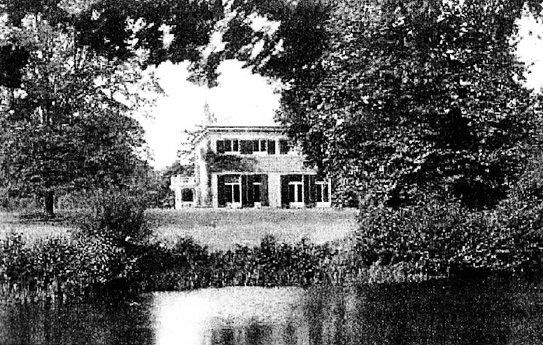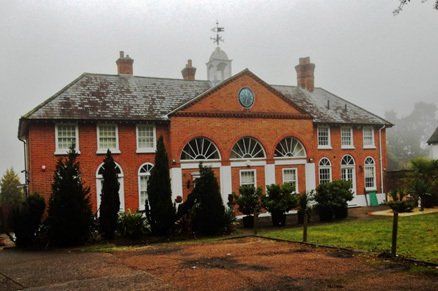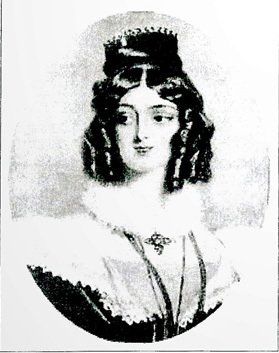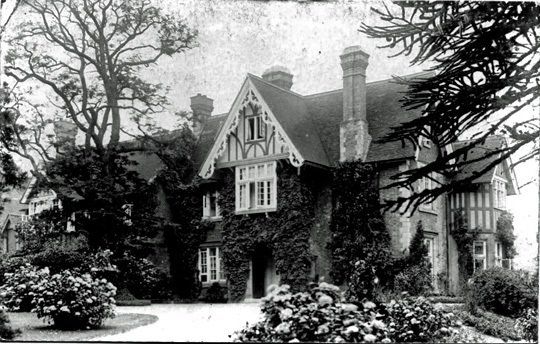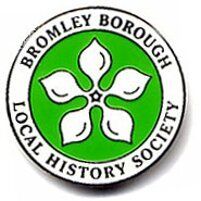William Pitt the Younger and Holwood
Holwood was owned by William Pitt the younger from 1789 to 1803 when he was Prime Minister. Having been born at Hayes Place he often visited Holwood as a young boy and wished to own it one day. The Pitt family’s wealth was gained by his great grandfather Thomas Pitt [1653-1726] often known as ‘Diamond Pitt’ who, as an employee of the Company, rose to be Governor of Madras.
Having achieved considerable wealth he faced the problem of all Company men, how to transmit his money safely home to Britain. Like many others, Pitt sought the easiest and safest way to transport his money by purchasing a huge diamond for the immense sum of £20,000. On returning to England he sold the stone to the Duke of Orleans for £135,000 [approx. £14 million today].
With his new fortune he bought landed estates one of which held the right to select a candidate for Parliament; this set the family on course for a life in politics. Today’s Holwood estate is slightly larger than that known to Pitt the Younger but displays features he helped create through drainage schemes, tree planting but most clearly in rerouting the road from Bromley Common to Westerham, the A233. Pitt ensured his privacy by first enclosing 30 acres of Keston Common then closing the existing road that passed his house replacing it with a new section of road, 1470 yards long snaking around Holwood Hill over 200 yards from his house. Should you drive along this road passing Keston ponds and negotiating the hazardous bends in the road you can recall this is the work of William Pitt the Younger. (Picture courtesy of Bromley Archives).
